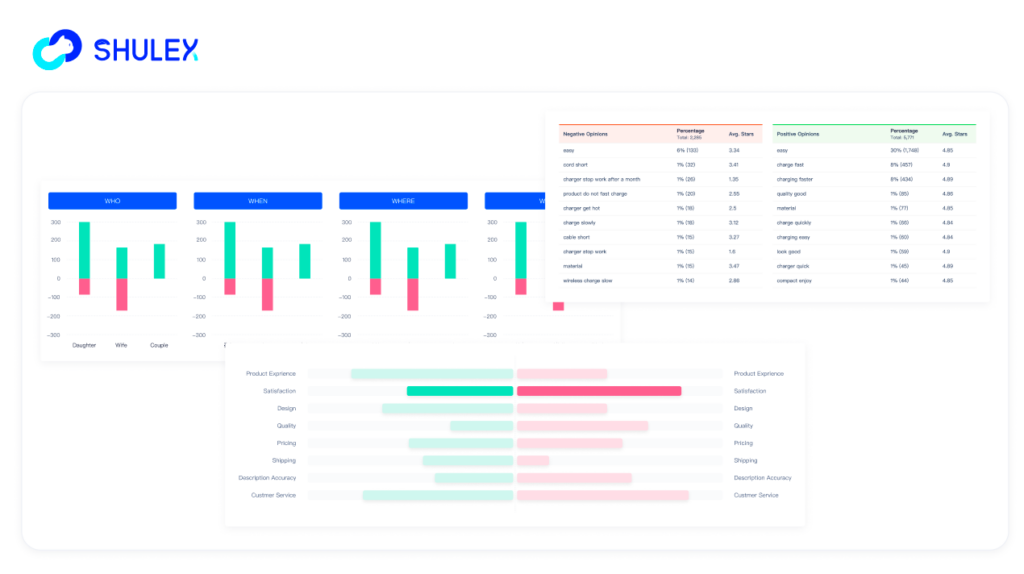Are you looking for a way to understand your customers better? Do you want to know what they think about your products and services? If so, then Review & Feedback Analysis is the perfect way to do so. In this blog post, we’ll look at what Review & Feedback Analysis is, its benefits of it, the types of Review & Feedback Analysis, and how to interpret feedback data. So, let’s get started!
What is Review & Feedback Analysis?
Review & Feedback Analysis is a process of gathering and analyzing customer feedback to gain insights into customer needs, preferences, and behavior. It is used to determine what customers think about a company’s products or services. It can help companies understand customer satisfaction, identify customer pain points, and improve customer experience. Review & Feedback Analysis can also help companies understand customer preferences, improve customer engagement, and identify potential opportunities for growth

Benefits of Review & Feedback Analysis
There are many benefits of Review & Feedback Analysis. For one, it can help companies identify customer pain points, which can help them improve their products and services. It can also help companies understand customer behavior, preferences, and satisfaction levels. This can lead to improved customer experience, better customer engagement, and higher customer retention. Additionally, Review & Feedback Analysis can help companies identify potential opportunities for growth.
- Optimize product quality
From review & feedback analysis, we can easily extract the reasons why consumers are dissatisfied with our product, such as problems, complaints, and even reason of returns and exchanges. These are collectively referred to as product quality standards. The quality standards obtained from review & feedback analysis are communicated to the product department and quality department as the task of product iteration optimization.This closed-loop process is called from review & feedback analysis to quality problem solving, that is, VOC-CTQ process.





